Black Sea Fleet projects power westwardsIn April 2016, I published a short article in the Oxford Analytica Daily Brief discussing the role of Russia’s Black Sea Fleet post-Crimea annexation. Here’s the text, as usual with no edits other than restoring some cuts made for space reasons.
—
SUBJECT: The growing power of the Russian navy in the Black Sea region.
SIGNIFICANCE: Russia’s annexation of Crimea has reshaped the geopolitical environment in the Black Sea and its neighbourhood. New frigates and submarines are being acquired, and cruise missiles will provide a much extended range. With its strategic options no longer constrained by Ukrainian sovereignty over the Sevastopol base, Moscow can use naval and air forces to dominate the sea and create a forbidding environment for potential adversaries, including NATO.
Impacts- The deterioration in relations with Turkey could manifest itself in maritime tensions between the two states.
- Access to the Bosphorus may restrain both Russia and Turkey from encroaching on one another’s maritime rights despite hostile rhetoric.
- US and European militaries will review naval capacity and may reinforce Mediterranean patrols to counter the increased Russian presence.
ANALYSIS:The Black Sea Fleet ranks third in importance for the Russian navy, behind the Northern and Pacific fleets, but ahead of the Baltic Fleet and the Caspian Flotilla. Since the collapse of the Soviet Union, the Black Sea Fleet has had four main missions:
- protecting shipping in the Black Sea;
- controlling maritime access to the sea in general and to the Caucasus in particular;
- supporting the navy’s Mediterranean squadron and counter-piracy operations in the Indian Ocean;
and
- maintaining links with the Russian naval base at Tartus in Syria.
The bulk of the fleet is based at Sevastopol in Crimea, as is its land-based air arm.
The Black Sea is of great economic significance to Russia, whose commercial ports — mainly Novorossiysk — carry 30% of its total maritime exports.
For Russia, the sea is an access route to the Mediterranean and to the Atlantic and Indian oceans, and hence important for both economic and geopolitical reasons. The Black Sea Fleet is needed to underpin that access, as well as to deal with potential instability in the Caucasus. It provides logistical support to the Mediterranean squadron which was reconstituted in 2013.
Reviving the fleetDuring its post-Soviet history, successive lease agreements of the Sevastopol naval base from the Ukrainian government stipulated that Russia could not base new ships in Crimea. This clause was intentional, designed for the fleet to rust away. By 2014, the Moskva cruiser was the only Black Sea Fleet surface ship able to operate out of area for extended periods of time. Even its basing arrangements in Ukraine were such that it had little need to defend the peninsula, since this was Ukrainian territory.
After annexing Crimea, Russia moved quickly to rebuild its forces on the peninsula. The fleet is undergoing a dramatic transformation and is rapidly rebuilding its forces. The Sevastopol base is central to Russian anti-access/area denial efforts in the Black Sea and its airspace. There are several components to the ongoing build-up:
- up to six new Admiral Grigorovich-class frigates;
- two Buyan-M-class missile corvettes;
- six improved Kilo-class diesel-powered submarines;
- Su-30SM interceptors and Su-34 tactical bombers; and
- nuclear-capable Tu-22M3 long-range bombers.
Three of the frigates will be commissioned in 2016, while the others will take some years to complete because Ukrainian-made gas turbines are unavailable. Both the corvettes and two of the six submarines have been commissioned, with the remaining submarines to enter service within two years.
Cruise missiles extend fleet’s reachThe corvettes and submarines will carry the 3M-54 Klub anti-ship system, a supersonic cruise missile allowing the navy to deny access to much of the Black Sea. They will also be armed with the 3M-14 cruise missile designed to attack targets on land at ranges of up to 2,500 kilometres.
The combination of coastal and air defences, maritime aviation and corvette-based groups will free the submarine and frigate force to operate in the Mediterranean.
Amphibious capacity
The Black Sea had been likely to receive one of the two French Mistral helicopter carrier/amphibious assault vessels that Russia ordered in 2010. Since France cancelled the sale in August 2015, there has been no announcement from Moscow about acquiring amphibious ships from elsewhere. Nor is it clear what will happen to the old Alligator- and Ropucha-class landing ships which were instrumental to the occupation of Crimea.
Naval support for Syria campaignThe Russian military intervention in Syria, begun in September 2015, has redefined the mission of the Black Sea Fleet:
TransportBefore Russia aircraft were deployed in Syria to bomb rebel forces, vessels from the fleet were playing a key role in the military supply operation known as the ‘Syrian express’. Initially, older landing ships were used to supply arms and equipment to the Syrian military. Once Russia decided to launch air attacks, the Black Sea Fleet provided the maritime transport.
The conventional wisdom that Russia was incapable of conducting military operations beyond its immediate vicinity was confounded by the successful use of large transport aircraft, naval freighters and even Turkish commercial cargo ships reflagged as Black Sea Fleet vessels.
Missile strikesThe Russian navy provided long-range air defence with the S-300 missile system carried on the flagship Moskva in the first half of the operation. Having a ship-based, long-range air defence system allowed Russia to protect Syrian airspace while avoiding tensions with Israel, which had made it clear it would be unhappy if such weapons went to the Syrian army.
In October 2015, the Russian navy launched 3M-14 cruise missiles against targets in Syria from relatively small vessels in the Caspian Sea. By launching missiles from the Caspian, Russia demonstrated its strike capacity from well inside its air defence perimeter. The cruise missiles were also meant to show NATO military planners and neighbouring states the successful development of a missile capability that would be difficult to neutralise.
Once the Black Sea Fleet acquires vessels armed with 3M-14 cruise missiles, its range will extend to most of Southern and Central Europe and the Middle East.
Russia’s demonstration of new naval strike capabilities continued in December 2015, when Kalibr cruise missiles were launched against targets from a new diesel-powered submarine which was transiting the Mediterranean en route to its permanent base at Sevastopol. This use of hard-to-track platforms further highlighted the threat to Russia’s potential opponents.
New missions for the post-Crimea contextRussia’s annexation of Crimea has remade the geopolitical environment in the Black Sea. Crimea’s geographic position allows the country that controls it to dominate the maritime environment. Sevastopol is by far the best harbor on the sea. By taking Crimea, Russia has ensured that its military will not be constrained by Ukraine. This will allow its navy and air force to dominate the Black Sea, creating a forbidding A2/AD environment that will be difficult for any potential adversary, including NATO, to penetrate.
Given the adversarial nature of Russia’s relationship with the West, the Black Sea Fleet will take on additional missions beyond the Black Sea in the coming years. In addition to continuing to provide sealift for Russian operations in Syria, the BSF’s cruise-missile equipped ships and submarines will have a power projection role in the Mediterranean. Even with a fairly small number of frigates and diesel submarines, the fleet will present a potential threat to other naval forces in the region, even U.S. carrier strike groups.
This does not mean that the Russian Navy should be expected to undertake aggressive actions in the Med. Rather, its objective will be to create conventional deterrence against a Western attack by threatening to use its air and sea capabilities to inflict unacceptably high casualties on enemy naval forces attempting to engage Russian forces in the Black Sea or eastern Mediterranean.
CONCLUSION: In the context of Russia’s adversarial relationship with the West, the fleet is likely to be assigned tasks outside the Black Sea such as sustaining a capable naval force in the eastern Mediterranean and continuing to support the Russian military presence in Syria. The fleet will also deliver conventional deterrence through its implicit capacity to inflict unacceptably high casualties on potential adversaries in the Black Sea or the eastern Mediterranean.
https://russiamil.wordpress.com/2016/07/20/black-sea-fleet-projects-power-westwards/



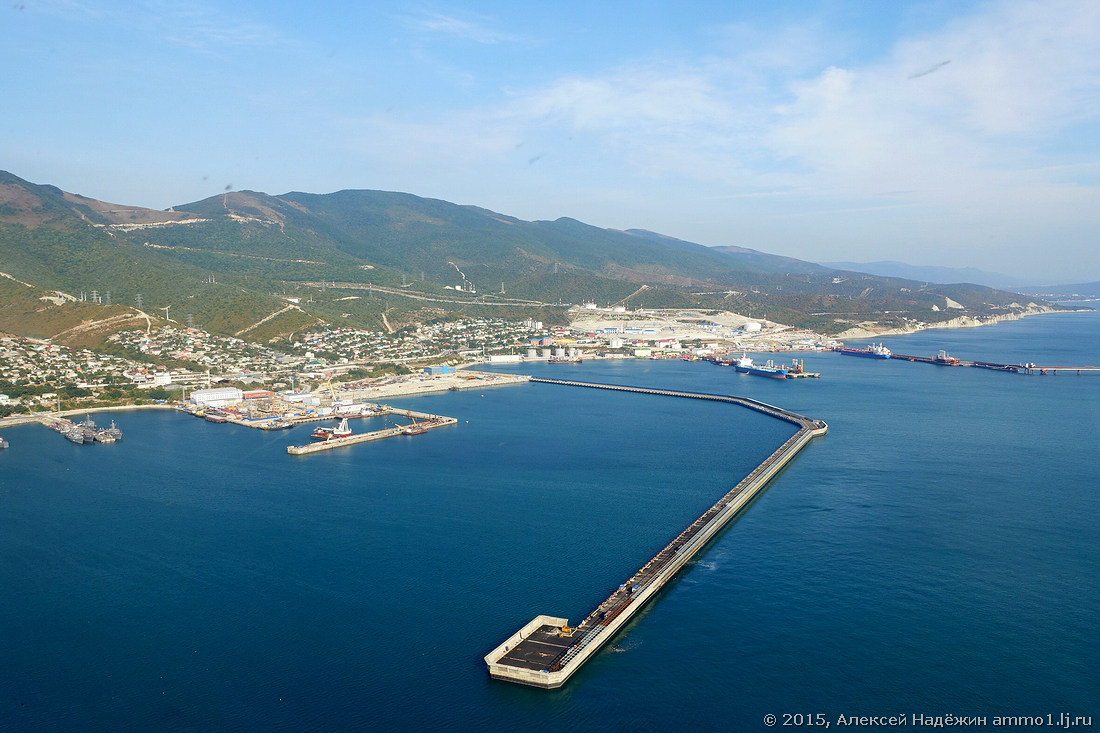
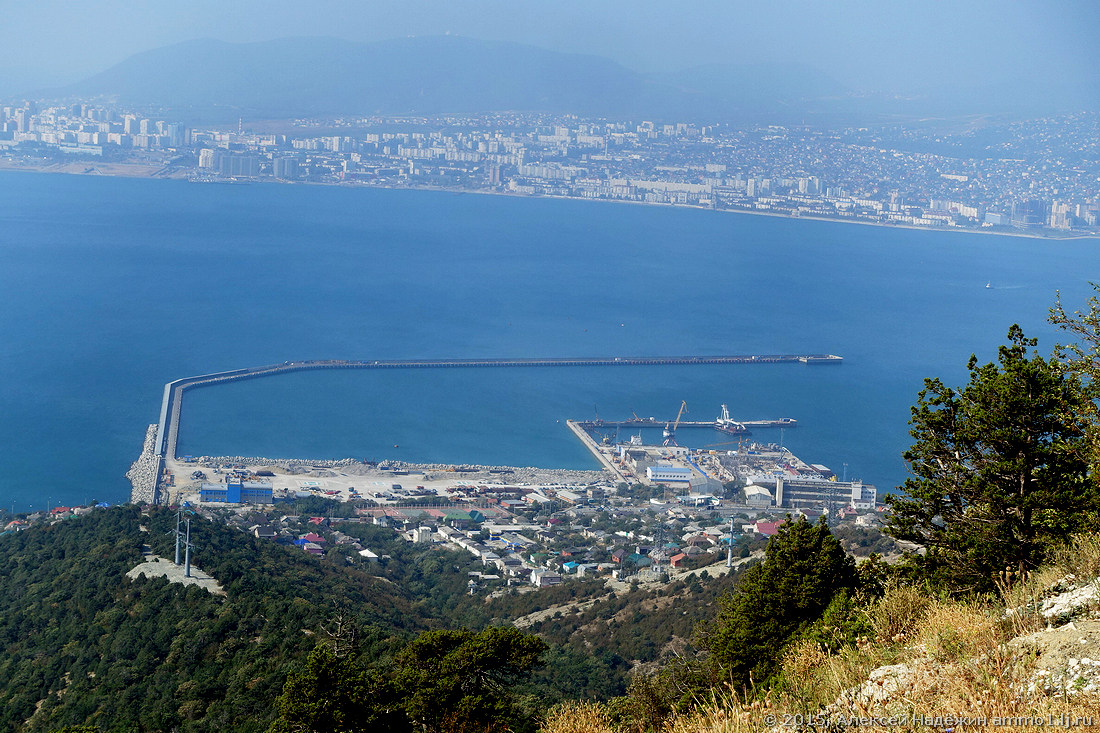
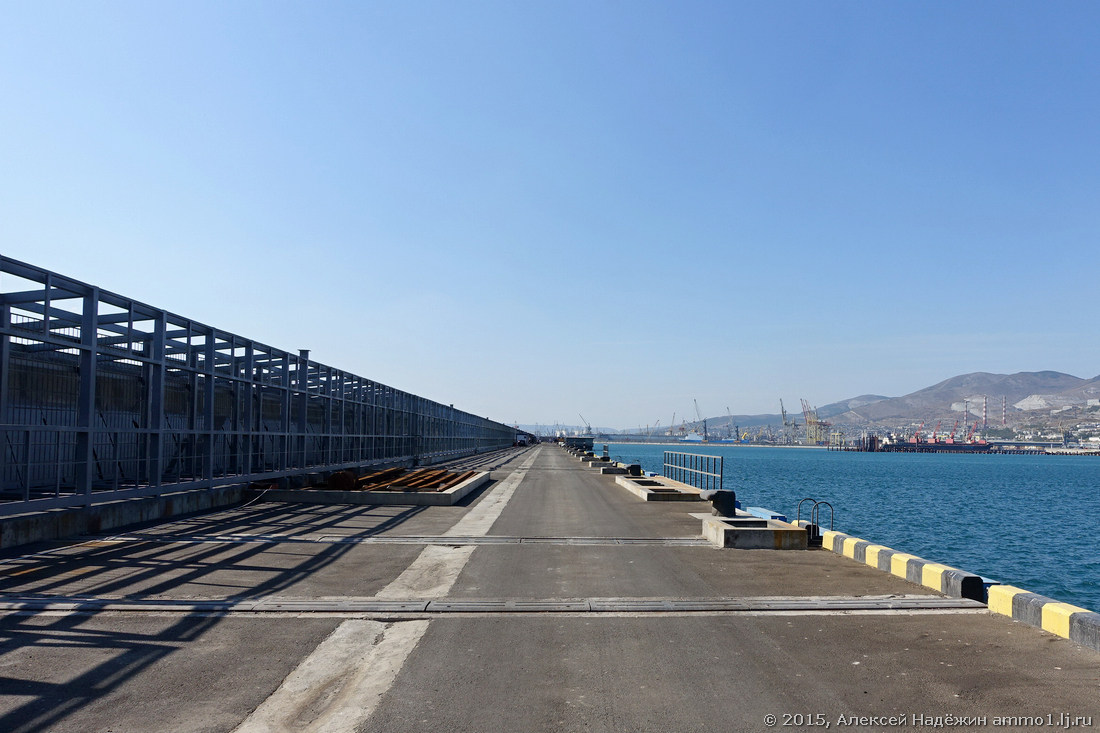

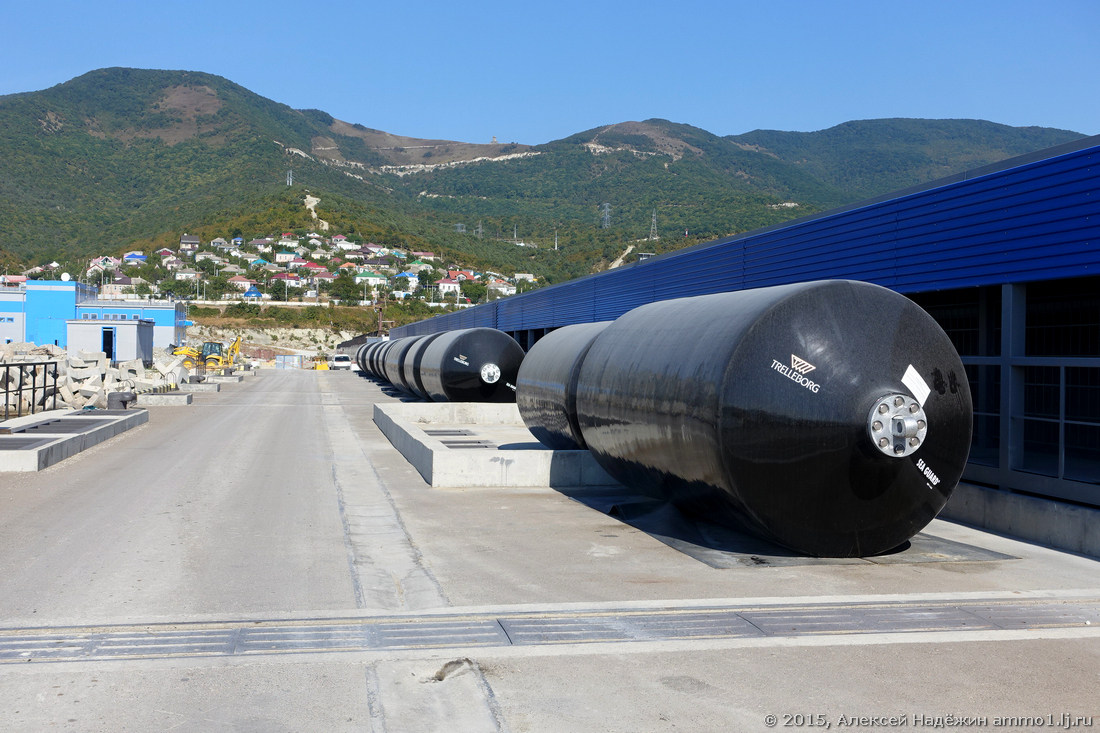
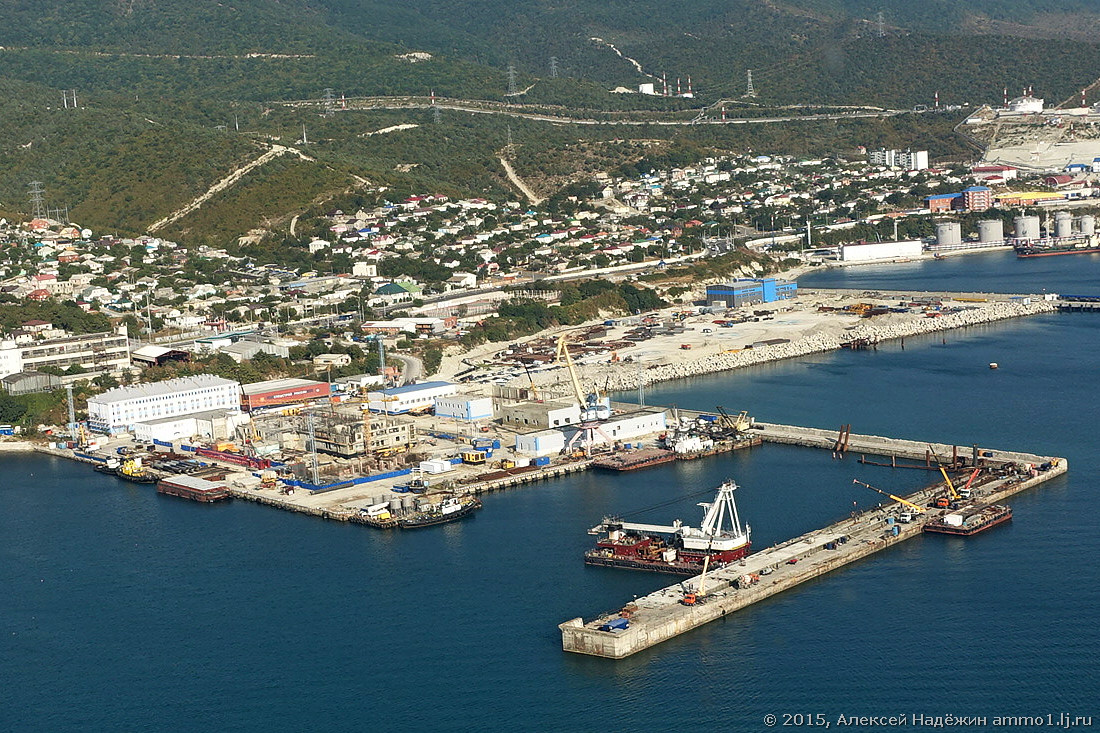
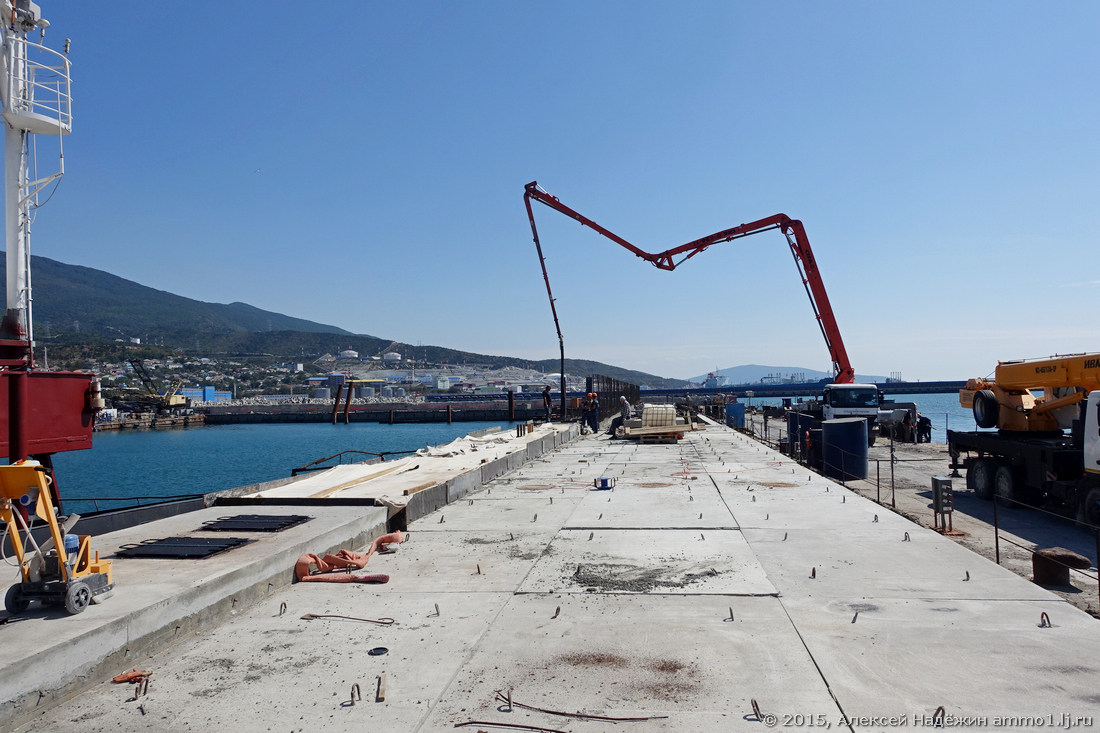

 ]
]

